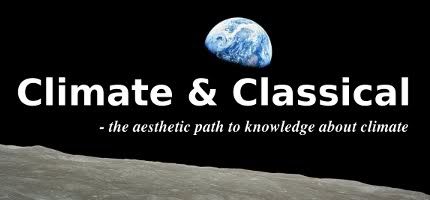
A risk-assessment map shows the areas of increased risk of Rift Valley Fever (RVF) in eastern Africa from fall 2006 to spring 2007. Pink areas depict increased risk of disease, while pale green areas reflect normal risk. Yellow dots represent reported RVF cases in high-risk areas, while blue dots represent occurrences in non-risk areas. Credit: Assaf Anyamba and the NASA Earth Observatory

A satellite-derived vegetation map, known as a Normalized Difference Vegetation Index, shows the amount of plant growth above (green) and below (brown) the norm for East Africa. Credit: Assaf Anyamba and the NASA Earth Observatory
Most people don't realize to what a degree space based Earth observation saves lives!
I am downright provoked by those who claim they don't want to work with technology because THEY WOULD RATHER SAVE LIVES WORKING WITH HUMANS. You see it all the time, the ads showing starving children appealing to your generosity and will to save lives. Celebrities visiting poor countries or refugee camps encouraging you to give money to FOOD AND MEDICINE. Never technology, never satellites. Well, they should, because that is how you help MORE PEOPLE in one go.
Earth observation from space is a really, really powerful tool for not only saving lives but improving our health as well. This example from Africa shows how combining environmental data gathered by satellites such as sea surface temperature and vegetation growth with in-situ observation results in risk assessment maps that together with forecasts of rain can be used to mitigate the outbreak of diseases carried by mosquito.
It upsets me that this human aid from space is overlooked and underestimated.
Space is good for your health! :-)











No comments:
Post a Comment